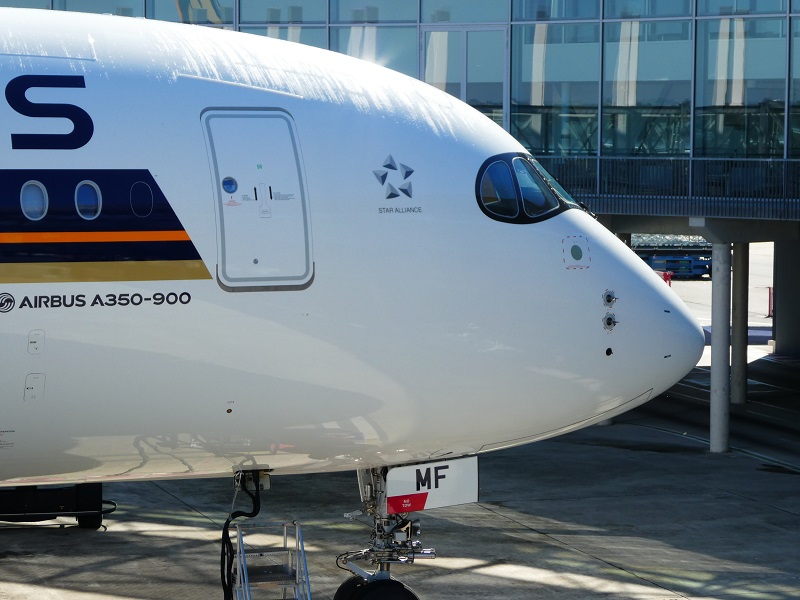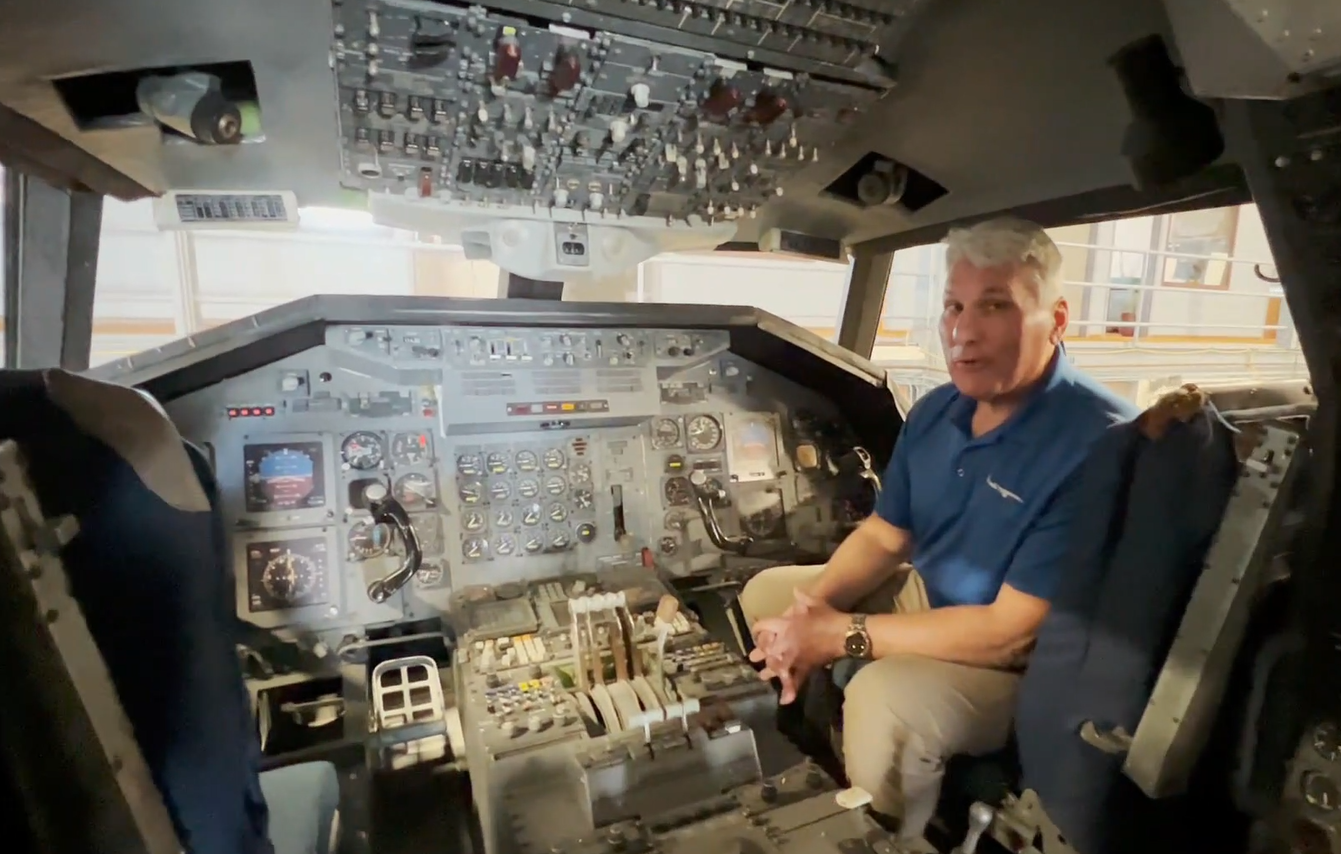SIngapore Airlines conducts wide-ranging review as profit falls
18 May, 2017
4 min read
By joining our newsletter, you agree to our Privacy Policy


Singapore Airlines is conducting a wide-ranging review of its operations as it became the latest Asian carrier to post a substantial reduction in annual net profit.
The SIA Group on Thursday announced a 55.2 per cent fall in annual net profit, to $S360m ($US258.5m), after posting a surprise fourth-quarter net loss of $S138m.
The group’s operating profit fell 8.5 per cent, or $S58m, to $S623, as weakness in its mainline operations overshadowed improvements in its other flying businesses, particularly in the low-cost market.
“Intense competition arising from excess capacity in major markets, alongside geopolitical and economic uncertainty, continue to exert pressure on yields,’’ the airline said, adding that fuel prices had also risen $US37.90 per barrel in January, 2016, to $US61.90 in March, 2017.
SIA is adding fuel-efficient aircraft and new cabin products it expects to foster growth and improve competitiveness.
Planned aircraft deliveries in the 2017-18 financial year include 10 A350-900s and three A380s.
The mainline airline will remove two A330-300s, four A380s and three Boeing 777s to bring its fleet to 109 aircraft by the end of the financial year. It also has 20 777-9s and 19 787-10s, plus six options for each aircraft type, due for delivery in the next decade.
SilkAir, currently operating 30 Airbus and Boeing single-aisle aircraft, will get its first four 737 MAX 8 aircraft in 2017-18, while Budget Aviation Holdings will add four 787s. The addition of the 787s to its current fleet of 12 Dreamliners, along with changes in its A320 fleet, will see it operating 40 aircraft at the end of the financial year.
SIA said the new aircraft would enable the group to expand its network and boost competitiveness in both the full-service and low-cost segments. It also expected its decision to operate Scoot and Tiger under the Scoot brand to deliver advantages.
“The many strategic initiatives implemented to address structural changes in the industry are now showing positive results,’’ it said. “Building on this foundation, the next phase of the SIA Group's transformation has been launched.
“A dedicated Transformation Office is conducting a wide-ranging review, encompassing network and fleet, product and service, and organisational structure and processes, to better position the Group for long-term sustainable growth across its portfolio of full-service and budget airline operations.
“The review is aimed at identifying new revenue-generation opportunities and reshaping the business into one that continues to deliver high-quality products and services, though with a significantly improved cost base and higher levels of efficiency.”
A breakdown of the annual results showed SIA’s mainline operation, dubbed “the parent airline company’’, hardest hit with a 20.4 per cent fall in operating profit from $S485m in 2015-16 to $S386m in 2016-17.
Total revenue fell $S592m, mainly due to a $S51m reduction in passenger flown revenue. SIA said this was affected by a 3.8 per cent contraction in passenger yield and a 1.4 per cent decline in passenger traffic. The carrier’s load factor fell marginally to 79 per cent as capacity cuts lagged passenger falls.
SilkAIr improved its result from $S91m to $S101m, backed by a 9.5 per cent increase in passenger traffic. A $25m increase in revenue was partially diluted by a 7.4 per cent fall in yield and increased expenditure as the airline expanded capacity by 10.6 per cent.
Low-cost unit Budget Aviation Holdings boosted its operating profit by $25m to $S67m as passengers carriage grew by 21.2 per cent and capacity by 23.3 per cent. Revenue grew by $169m but this was again partially offset by a 6.3 per cent drop in yield.
The group’s cargo operations moved back into the black with a $S3m operating profit as freight carriage grew by 5.9 per cent. Revenue fell $S89m as cargo yield slid 10.7 per cent but expenditure fell a higher $S142m due mainly to lower fuel costs.
Next Article
Qantas triples profit but misses mark

Get the latest news and updates straight to your inbox
No spam, no hassle, no fuss, just airline news direct to you.
By joining our newsletter, you agree to our Privacy Policy
Find us on social media
Comments
No comments yet, be the first to write one.
